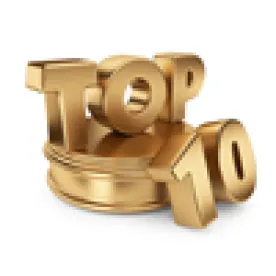Euromonitor recently published its yearly report on the “Top 10 Global Consumer Trends in 2015”. The trends will certainly capture the eye of luxury brands, and we pick up on some points of particular interest.
Consumers now see “consumption as a route to progress” according to Euromonitor International. It would appear that luxury brands are listening. As the report points out, in 2014, Rolex’s Young Laureates program awarded a CHF50,000/£32,000 prize to five individuals. One was Arthur Zang, a Cameroonian computer engineer who invented the Cardiopad – think tablet computer meets heart monitor. Addressing a real need for care in remote areas, it only requires network coverage and a charged battery. After testing the patient, a nurse can immediately send the data to a cardiologist for diagnosis and instructions. Gucci’s female empowerment project ‘CHIME FOR CHANGE’ is also worthy of mention, and brands are increasingly alert in this space.
Another theme is the rise of digital. Brands like Burberry have gained an edge by embracing the vision. In its high-tech store, customers can be found looking at changing room mirrors showing them how an item was worn on the catwalk – all thanks to technology embedded in a chip affixed to the clothing. But as management consultancy firm AT Kearney put it “the debate should not be a question of digital or physical”. The issue is how brands can maximise and integrate their online and offline presence. And, this was also a point which was made by the panellists at Covington’s Event “The challenges of online versus bricks and mortar for luxury brands” on 5 February in London.
A digital trend on the rise is video blogging or “vlogging”. Young, hip individuals, mainly teenage girls, provide everything from make-up advice and style tips, to reviews of their latest fashion items. A number of these so-called “fashion haulers” have become celebrities overnight, with millions of subscribers on YouTube. They are often more than happy to receive free clothing and financial incentives from leading brands. Likewise, brands have embraced the opportunity to reach out to a legion of adoring and fiercely loyal fans. While high-street fashion has taken the lead in this space, luxury brands have also shown a willingness to engage.
But recruiting enthusiastic and glamorous young vloggers can have its troubles. Zoe Sugg, 24, or Zoella as she is known to her 6 million YouTube subscribers, is an online sensation. Yet she was embroiled in controversy after it leaked that her debut novel, Girl Online, and also the UK’s fastest selling book of 2014, was ghostwritten. Likewise, the Advertising Standards Agency (ASA) recently upheld a complaint made against Mondelez, owner of the Oreo brand, concerning a campaign featuring vloggers promoting Oreo biscuits. The vloggers had taken part in a feature entitled the “Oreo Lick Race”. The campaign left a sour taste, however, especially with the BBC journalist who filed the complaint. In response, Mondelez claimed that it had gone above and beyond typical practice on YouTube, which is to simply acknowledge the sponsor’s involvement in the video description. Mondelez claimed that it had in fact required the vloggers to reference Oreo’s involvement during the video. However, the ASA held that the adverts were not clearly identifiable as marketing communications, as they did not “fully establish the commercial intent of the videos” and because disclosures of Oreo’s sponsorship were not made before the videos played.
Once again, the year ahead offers brands an intriguing mix of opportunities and challenges.
Euromonitor’s Top 10 Global Trends:
-
Buying convenience
-
Malls and shopping centres in community mode
-
Privacy matters
-
Consumption as a route to progress
-
Influencers: More like us
-
Let’s Share: The rise and rise of lightweight living
-
Millennials
-
Shopping the world
-
Virtual to real and back: A smoother convergence
-
Wired and well: Connected health




 />i
/>i
